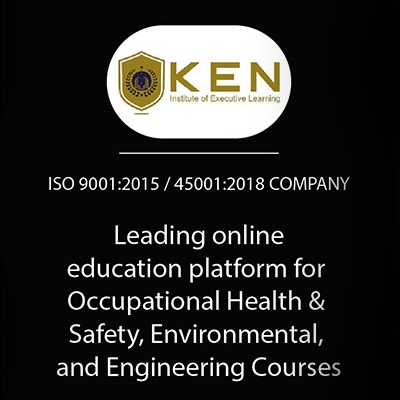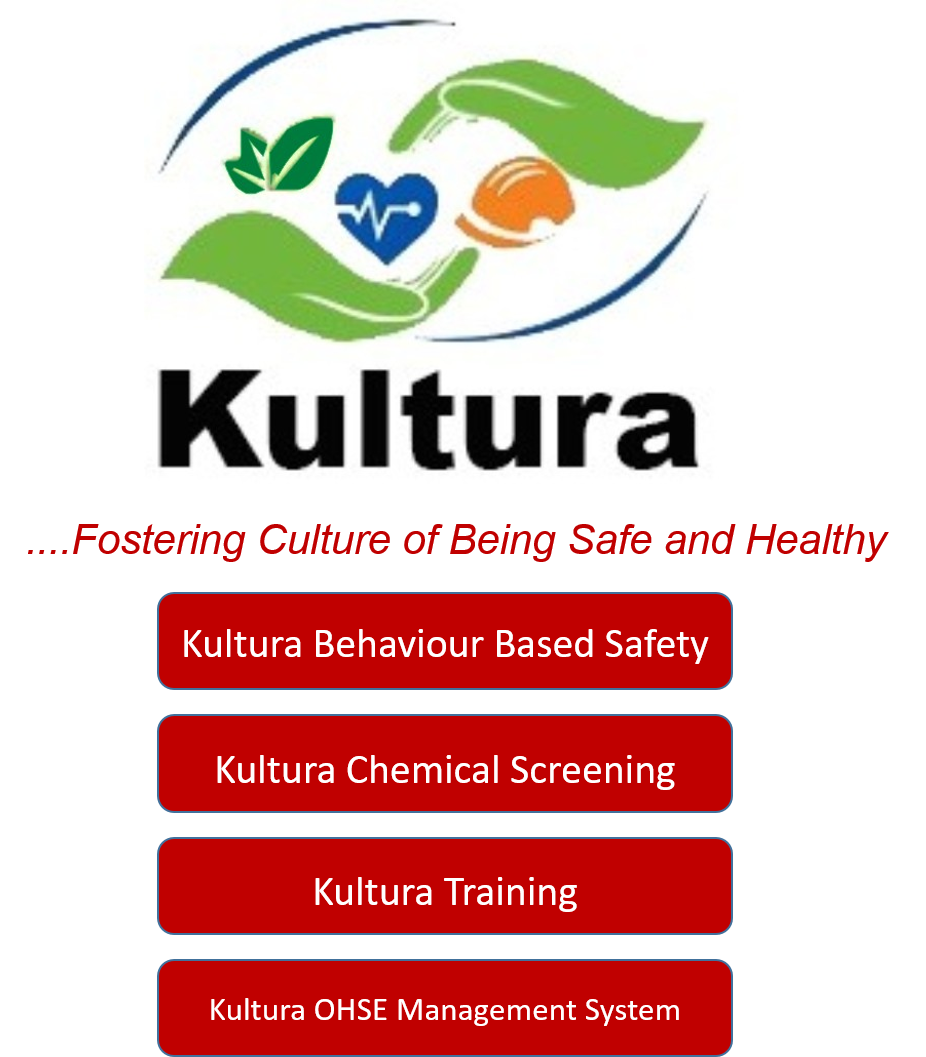- Overview
- Course Topics
Confined spaces—like tanks, silos, manholes, and
pipelines—pose unique risks that require specialized knowledge and preparation.
Here's why training is essential:
1. Hazard Awareness and Risk Reduction
- Workers
learn to identify confined space hazards including flammable gases, low
oxygen levels, and engulfment risks.
- Training
helps prevent fatal incidents by teaching proper entry protocols and
hazard controls.
2. Legal and Regulatory Compliance
- Training
ensures compliance with safety laws such as OSHA 29 CFR 1910.146, Indian
Factories Act, and ISO standards.
- Non-compliance
can lead to penalties, shutdowns, or legal liability.
3. Safe Work Practices
- Employees
are trained in permit-to-work systems, atmospheric testing, PPE usage, and
emergency procedures.
- Reduces
reliance on unsafe improvisation and promotes standardized safety
behavior.
4. Emergency Preparedness
- Workers
learn how to respond to emergencies like gas leaks or entrapment.
- Includes
rescue planning, communication protocols, and first aid readiness.
5. Improved Team Coordination
- Clarifies
roles: entrant, attendant, supervisor, and gas tester.
- Enhances
communication and accountability during confined space operations.
6. Reduced Incident Rates
- Organizations
with robust confined space training programs report fewer injuries and
fatalities.
Training builds confidence and competence in high-risk environments
1. Introduction to Confined Spaces
2. Regulatory Framework
3. Hazard Identification
4. Permit-to-Work System
5. Atmospheric Testing and Ventilation
6. Personal Protective Equipment (PPE)
7. Entry and Exit Procedures
8. Emergency Response and Rescue
9. Documentation and Reporting
10. Practical Exercises and Evaluation
11. Case Study
















